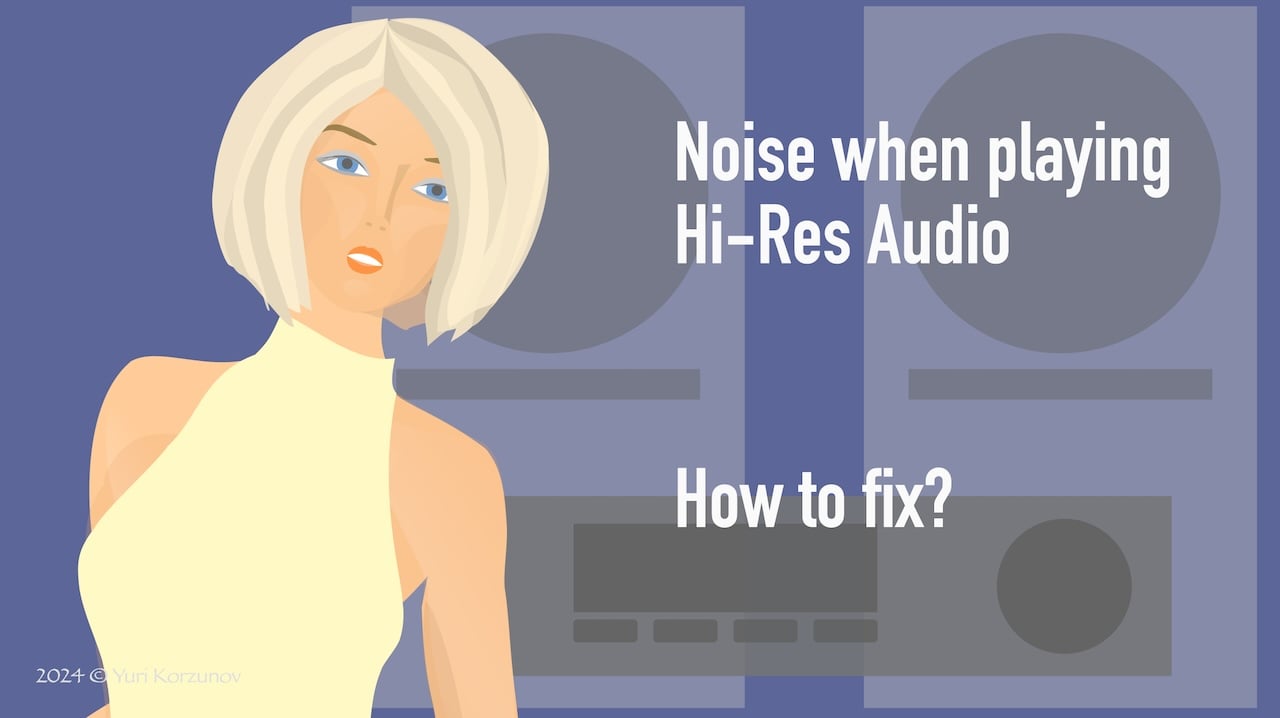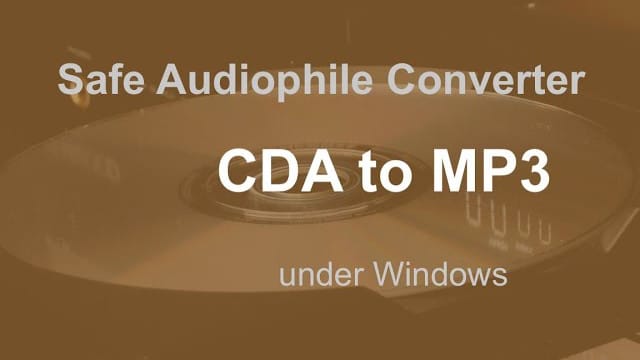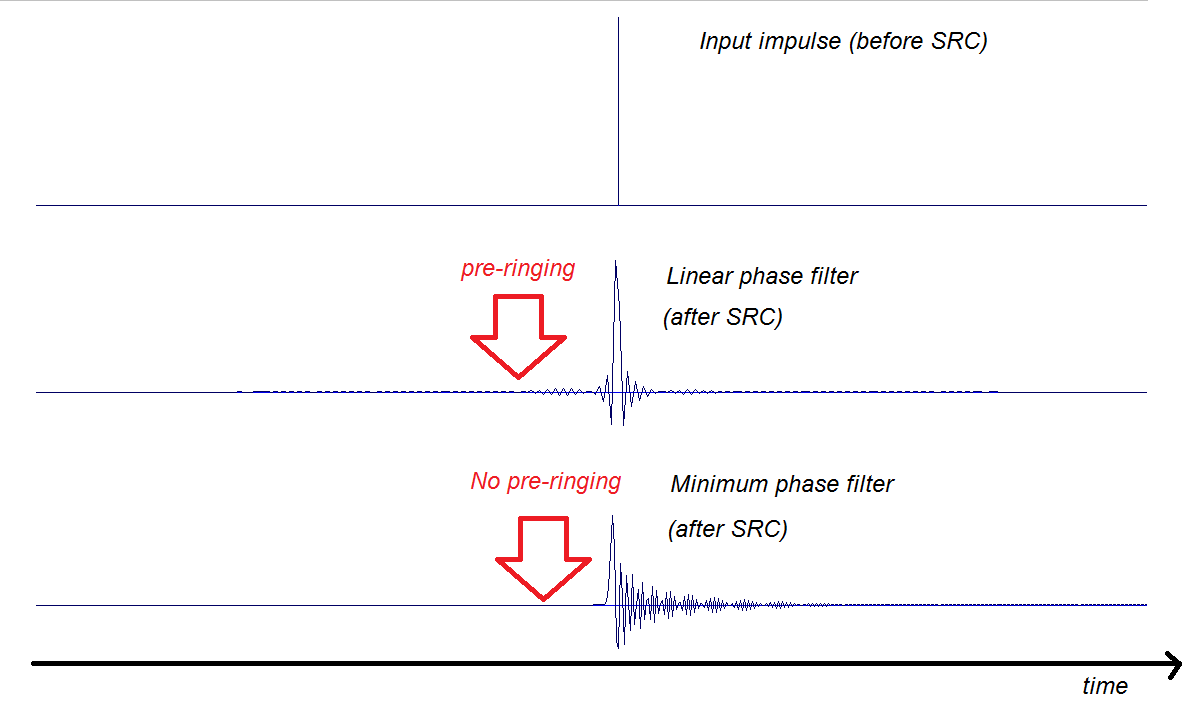
Audiophile Inventory has a perfect sound as the first priority of work.
Our own audio technologies are specially optimized for a better listening experience. What is it? Keep reading.

If you buy "AuI ConverteR PROduce-RD" (2023/12.x version) from 24 August 2023 to 24 October 2023, you will get free update to version 2024 (13.x) after its release.
High sample rates and intermodulation distortions
Human ear has audio range of perceptions from 20 to 20 KHz. Many people have upper-frequency boundaries below 20 kHz.
We often witness the debate: do we hear above 20 kHz in HD record or not? But testing our hearing with a sine oscillator shows real value of the highest listening frequency.
Audio equipment brings non-linear distortions for playing sound. Some ultrasound components in a recording produce audible products in low frequencies at an audio output of a device.
We listen to it as a whistle and/or noise.
AuI ConverteR 48x44 can suppress the whistle and noise.

Pre-ringing distortions
Frequency filtration of audio signal uses in sample rate conversion algorithm. In digital audio two filter types are used:
- linear phase filter;
- minimum phase filter.
Linear phase filter generates unwanted oscillations (ringing) at output (output file of sample rate converter) before passing of input signal to output.
In other words, we listen to the oscillations (burned by the input signal) before we begin listen to this signal at output.
Linear phase filter has equal passing time delays for different frequencies. It is suitable for listening to drums, guitars, and other instruments.
Minimum phase filter doesn't generate unwanted pre-oscillations. But minimum phase filter has non-linear phase response.
No Pre-Ringing (minimum phase filter) vs. Traditional Pre-Ringing (linear phase) filter
Click picture for enlarge
For minimum phase filter Audiophile Invetory picks phase responces by criterion of listening quality (minimization of audible distortions).
According to some experts minimum phase filter has more natural sound than linear phase filter.
However, in 2021, filters of five generations was designed to reduce pre-/post-ringing time.
Technologies
Below described features of digital signal processing technologies
used into audio converter AuI ConverteR 48x44.
alphaC

Sampling rate and bit-depth conversion technology.
Advantages:
- Extremal minimisation of artefacts.
- Linear phase conversion, including ringing-mproved G5 filters.
- No Pre-Ringing conversion (minimum phase filter without output artefacts preceding begining of sound).
- Supressing ultrasound intermodulations for HD records (read more about reasons ultrasound intermodulations...).
- Simple user control (minimum settings). Already all settings tuned for perfect sound.
- 64-bit (double precision float) mathematic calculations.
alphaD

Advanced dithering technology based for suppressing non-linear distortions of quantisation errors (signal level errors) due bit-depth conversion.
Advantages:
- Pure sounding for Hi-Res (24-bit and more) from 16-bit conversion
- Pure sounding for 16-bit from Hi-Res (24-bit and more) conversion
- User control dithering depth for minimizing of noise level.
- 64-bit (double precision float) mathematic calculations.
alphaM
Downmix 5.1/5.0 to stereo.
Advantages:
- Designed to minimize impact to the music source.
- Several mixing modes. You can choose one that the the best for you.
alphaS
1-bit sigma delta modiulation to create .dsf and .dff (DSD files).
Advantages:
- Low noise level.
- High tolerance to broken modulator stability due to input signal overload.
trueG
True Gapless Conversion (seamless album conversion).
Advantages:
- no artefacts at borders of some album's tracks after resampling.
safeR
safeR is safe CD ripping technology by Audiophile Inventory.
Advantages:
- sensitive error detection of CD ripping;
- recovering of some errors;
- visual displaying of error locations at CD track's time line.

